Today, lawns surrounding the Victorian pile that is Rathduff Stud in Cashel are used for relaxation and recreation by the family who have called the place home for the past 29 years.
But in tracing the history of this four-bedroom residence set in the heart of the Golden Vale, it wasn’t always a serene escape from the world, despite being surrounded by 155 acres (62.74 hectares) of high-quality lands.
The detached three-bay two-storey house, which dates from 1890, was built by Maj Edwards, who at the time was one of the leading figures in horse racing.
In 1940, as recalled in Donal McCarron’s book Wings Over Ireland: Story of the Irish Air Corps, a secret aerodrome was planned for Rathduff Stud in the event of a “doomsday scenario” – meaning the potential for a German invasion of Britain. The RAF needed suitable fighter airfields, and, despite the Irish Army proposing coastal sites, the ideal location was found in a valley of the river Suir, west of the Galtee mountains, as “the site had good approaches for aircraft flown by ‘those in the know’”, according to McCarron. Together, British and Irish officers approved the location for the so-called doomsday airfield, where a number of command bunkers were built. They used the cover name of Rathduff as the name appears quite a bit in Munster, so was deemed “suitably confusing”.
READ MORE
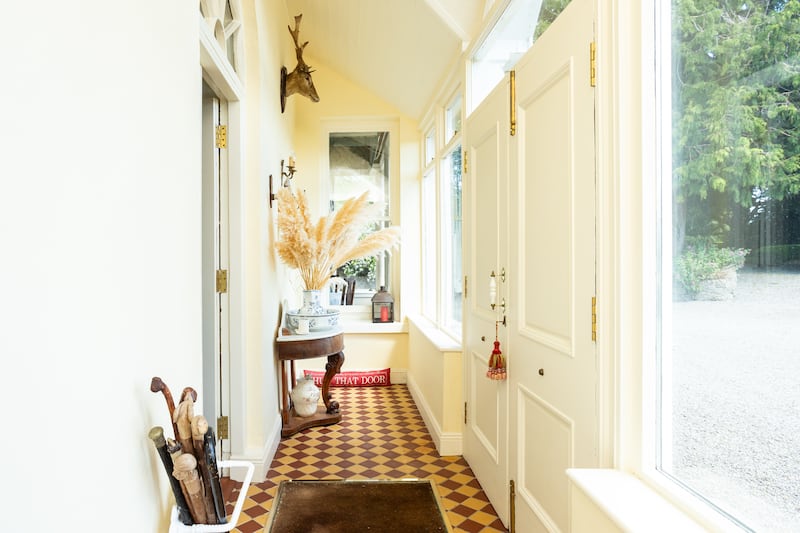
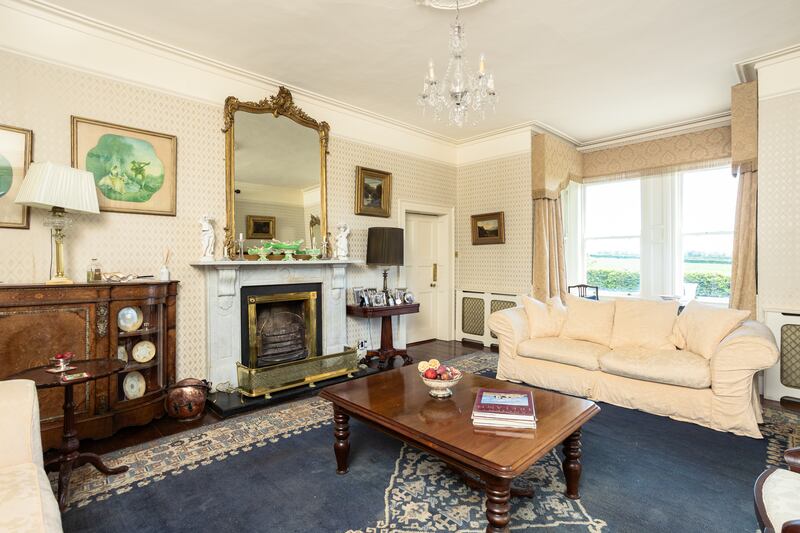
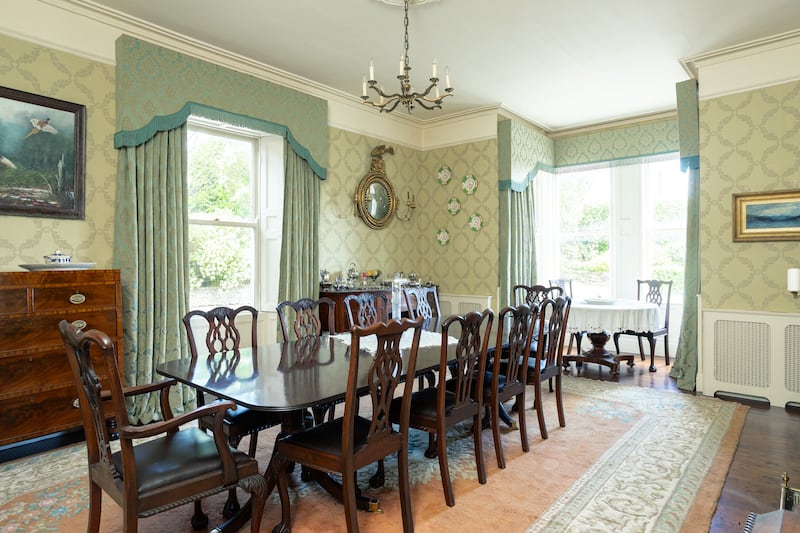
“Owners of the land were told they might have to evacuate their home at 48 hours’ notice,” McCarron notes in his book, which has great images of Lysander aircraft surrounded by the Galtee mountain backdrop, and shows a group of pilots, their medical officer and chaplain as they pose in front of their tents at the stud.
A second runway was planned for the airfield, which would have required the felling of a long line of old lime trees. Thankfully, that did not happen and those ancient lime trees still stand, now towering giants in the front fields of this lovely Tipperary stud farm.
The main residence is a manageable 315sq m (3,388sq ft) four-bedroom house, with further accommodation in a one-bedroom cottage with the benefit of separate road access.
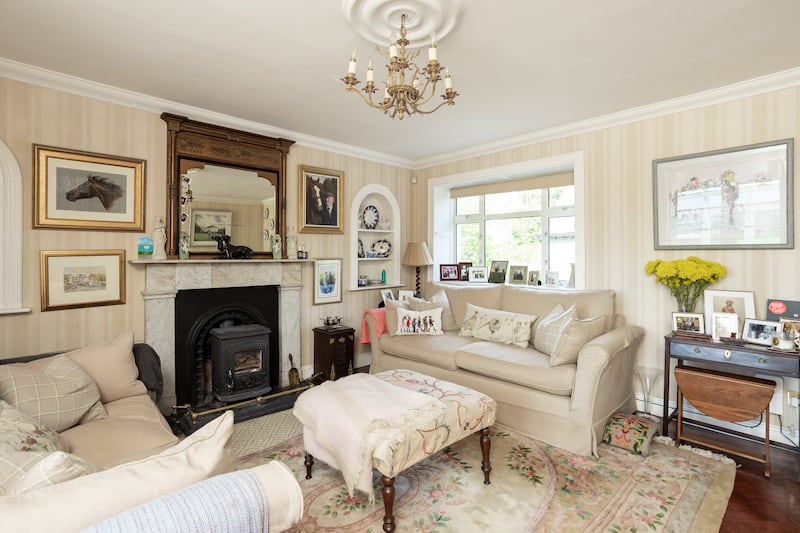
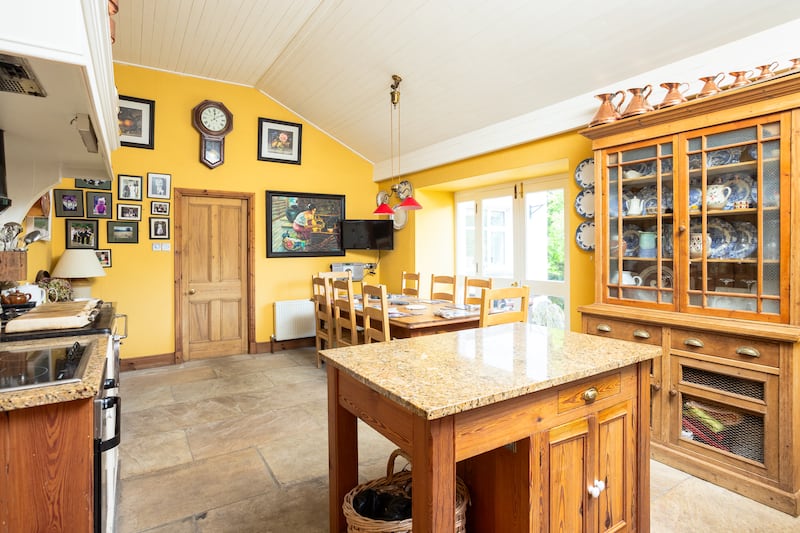
The house is now in excellent order but needed lots of work when current owners purchased the property almost three decades ago. Back then, the kitchen was a flat-roofed structure which owners changed to a newly built country-style kitchen. They also installed lovely parquet flooring – which came from the Sweepstakes building in Ballsbridge – in the hallway and in some of the main reception rooms.
Retaining period features such as a carved fireplace with inbuilt candle sconces in the diningroom and a white-marble chimney piece in the drawingroom, the house retains impressive ceiling roses and cornicing.
Besides three main reception rooms, a conservatory, kitchen/breakfastroom, pantry, study and boot room lie at hall level, while four bedrooms – one of which is en suite – and two further bathrooms lie upstairs. Rooms to the front are particularly lovely as they retain impressive box bay windows, echoed in formal reception rooms beneath.
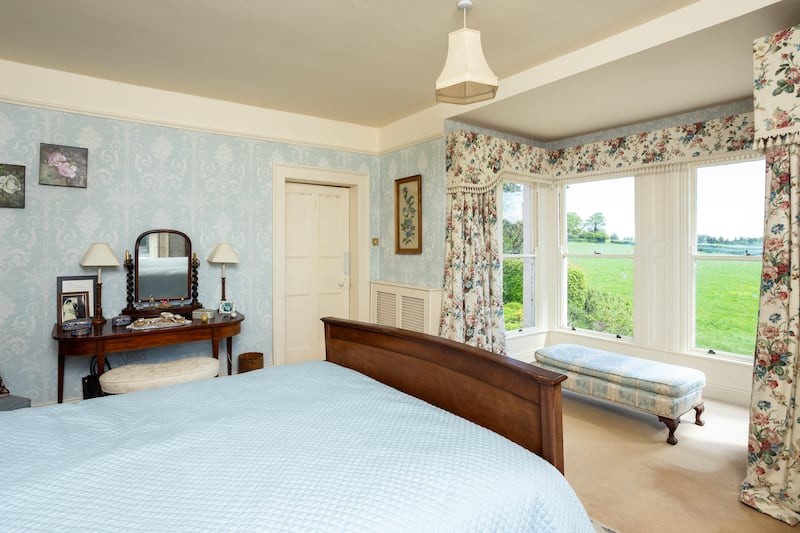
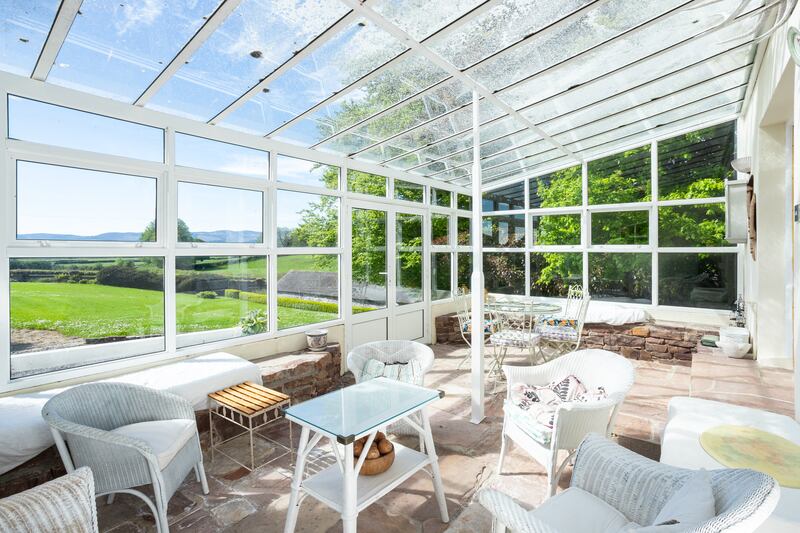
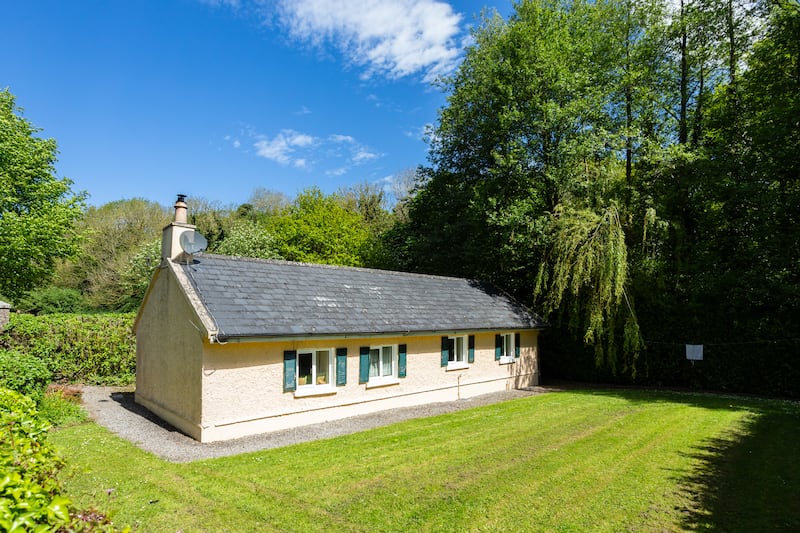
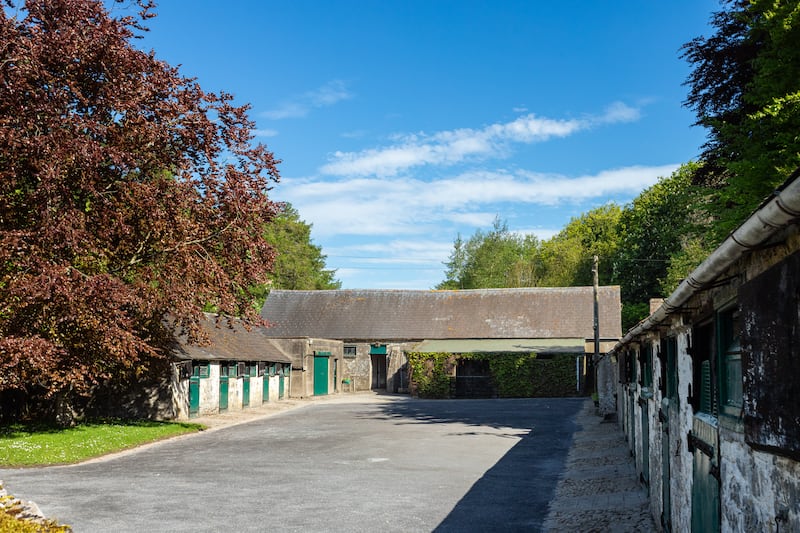
The place has operated as a stud farm since it was built – presumably as lands here are considered to be some of the best in the country. The most famous racehorse bred at Rathduff was To-Agori-Mou, who won the 2000 Guineas in 1981. That year he was rated the second-best two-year-old of the season by Timeform, the international ratings organisation.
With a meticulously maintained stud farm, 30 horseboxes and a full range of buildings and hay barns accessed through five separate entrances, lands here have been enjoyed by the current owners. Children of the house, who have now flown the coop, enjoyed the freedom lands provided, making a cross-country course in the woods and taking ponies to the river Suir which is a 10-minute shortcut away, or 30 minutes by car.
Gardens are manicured including a lawned, walled garden, used to supply the whole house with vegetables at one time, and patios with mature plantings.
Though it might feel far from everywhere, it’s just 12 minutes to the charming town of Cashel, where there’s an abundance of good options for dining. It’s also close to Tipperary Racecourse, and its position near the M8 and the railway station allows for easy commutes to the capital.
The lovely spot will be auctioned by joint agents Sherry FitzGerald Country Homes and Dougan Sherry FitzGerald on July 10th with an advised minimum value (AMV) of €2.95 million for the house on 155 acres, an AMV of €1.85 million for the house on 95 acres, and an AMV of €5.5 million for the house on 262 acres.













